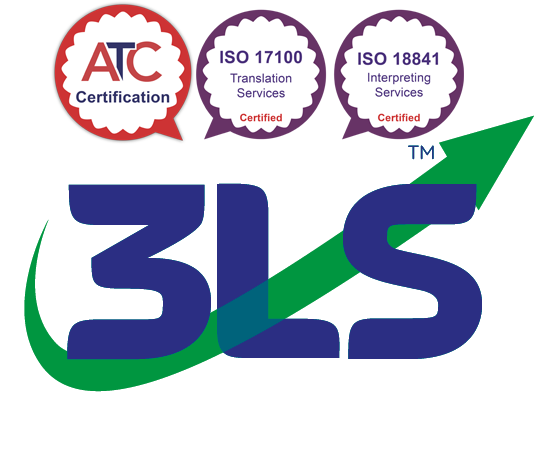A study for the Department of Business Innovation and Skills showed poor language skills currently cost the UK economy £48 billion a year (3.5% of GDP) in lost export sales. With Brexit already likely to impact the UK’s export markets, business cannot afford further sales wastage from poor translation. But buying translation services can be daunting. So with over 25 years’ translation experience in your sector (and over 1,000 food industry projects), my top tips would be:
Get professional
It can be tempting to cut corners if you’re lucky enough to have bilingual staff. It’s unwise though, especially for customer-facing material. Just because someone can speak a language doesn’t mean he/she can write decent marketing brochures or translate technical content. After all, would you trust most of your English employees to do so in English?
Remember too, style matters – user guides are very different to marketing. And improperly prepared food can be hazardous – so preparation instructions are a bad place for amateur translation! For these reasons – and more, such as localisation advice – it’s far wiser, and safer, to use a professional.
Start by checking that the language service you’re considering is an ATC member (the UK Association of Translation Companies). Ask detailed questions about their past experience in your sector – it isn’t one for beginners. Check they hold appropriate professional indemnity insurance too.
Beware the machine
Machine translation has developed hugely and is now used in various scenarios and applications. However, at this point in time the results are often still error-heavy, to the point of being amusing or even downright dangerous. Machine translation in some languages for example regularly omits the word “not” – not good. It’s true that professional translation companies increasingly use machine translation as a starting point for high-volume repetitive text. But I’d emphasise “starting point” – in good companies these translations are always, ALWAYS reviewed (and often extensively corrected) by living, breathing human translators. As an aside, beware of translation providers that offer too fast a turnaround for high volumes – just how do they achieve it?
Choose a partner, not a supplier
You’ll always get the best results from a long-term relationship with your translation partner. The longer you work together – so the better they understand your business and product – the better, faster and more cost-effective their translation will be. We’ve all had clients that seek the lowest translation bid on each project, and we’ve seen the results: wildly varying styles, terminology and accuracy, even in the same product ranges. Not only is that confusing and a turn-off for your customers – it’s also long-term damaging to your brand’s credibility.
Instead, once you’ve found a good translation company you trust, hang onto it – because working closely with a trusted translation company pays real dividends in the long term.
